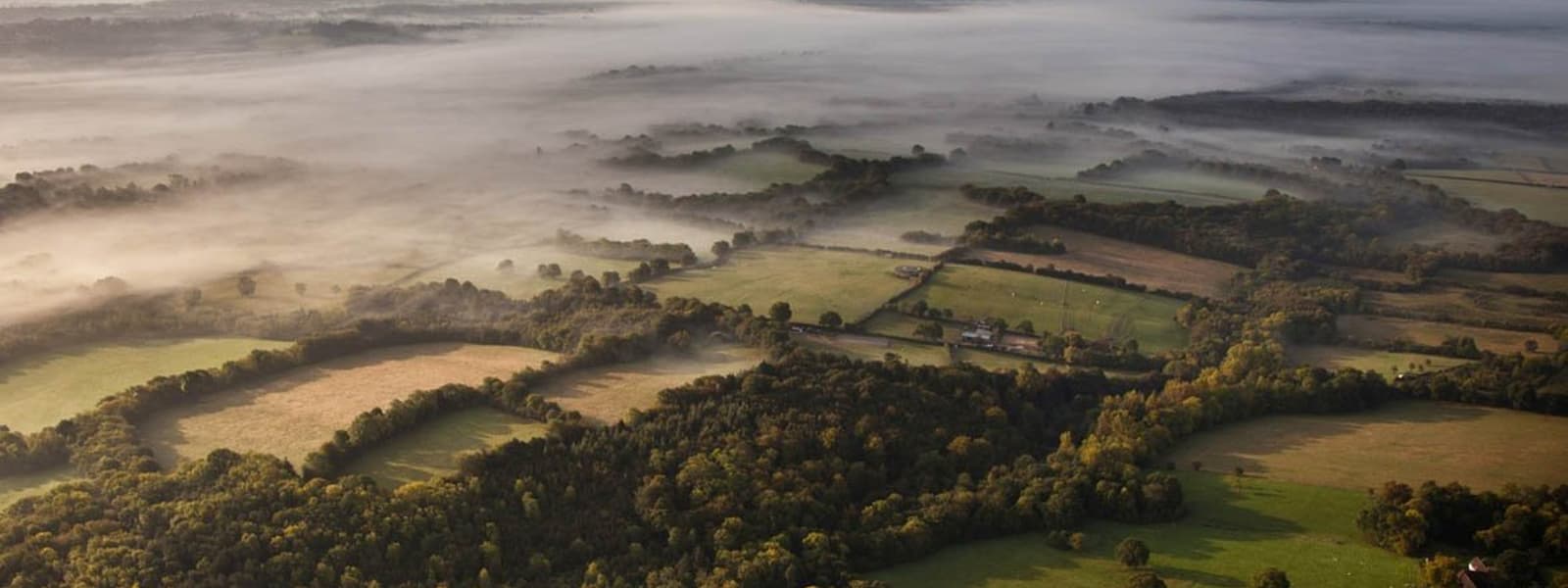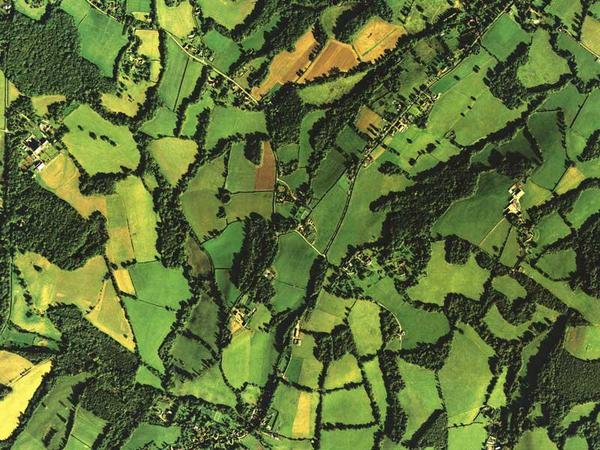High Weald National Landscape
The term ‘Weald’ is given to the area between the North and South Downs which are the outer chalk rims of the ancient Wealden anticline.
The sandstones and clays of the exposed centre of the dome, the ‘High Weald’ give rise to a hilly, broken and remote country of ridges and valleys covered by a patchwork of fields, woods and shaws. In contrast, open areas of the National Landscape include Ashdown Forest and, to the east, the river valleys of the Rother, Brede and Tillingham. The National Landscape meets the coast at Hastings.
The character of the High Weald was established by the 14th century and has survived major historical events and social and technological changes. As a result the High Weald is considered to be one of the best surviving, coherent medieval landscapes in Northern Europe.
The 5 key components of the High Weald that make up the area’s natural beauty are its;
- rolling hills, dissected by steep-sided gill streams and studded by sandstone outcrops.
- small, irregular-shaped fields and open heaths which are often the remnants of medieval hunting forests.
- abundant, interconnected ancient woods and hedges. The dense forest which gave the Weald its name has largely vanished, but fine ancient broadleaved woodland is still abundant, particularly in the deep gills which incise the ridges. The Weald retains one of the highest levels of woodland cover in the country at over 23 per cent. Traces of the ancient Wealden iron industry, including hammer ponds, are found scattered throughout the woodlands.
- scattered farmsteads and hamlets, largely developing from temporary dwellings in wooded areas or ‘dens’ where farmers from the Downs grazed their pigs. Buildings are characterised by distinctive stone, brick, tile and white weatherboard houses and oasthouses are common.
- narrow, sunken lanes arising from pannage – the movement of animals from the Downs to the High Weald in the autumn to graze on mast in the area’s woodlands or dens.
Agriculture is important to the rural economy and includes dairying, mixed farming and horticulture. Forestry remains a traditional Wealden industry. There are no major settlements but the major growth of urban areas such as Tunbridge Wells, Crawley, Horsham and London has resulted in a high proportion of commuter population in the National Landscape villages.
The National Landscape is an important visitor destination for the South East and local authority policy encourages appropriate development of tourism and recreation.






